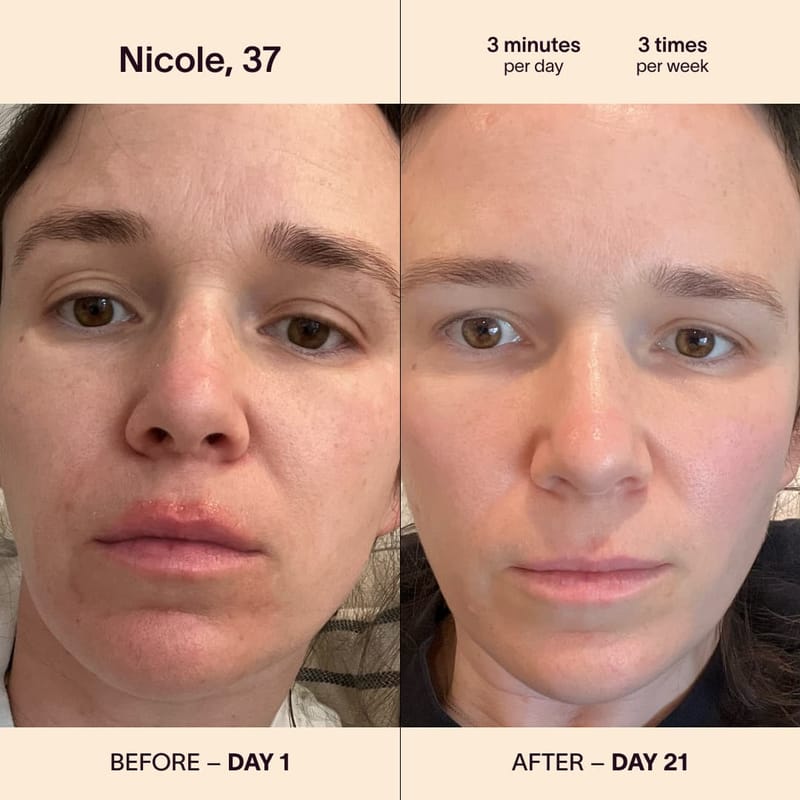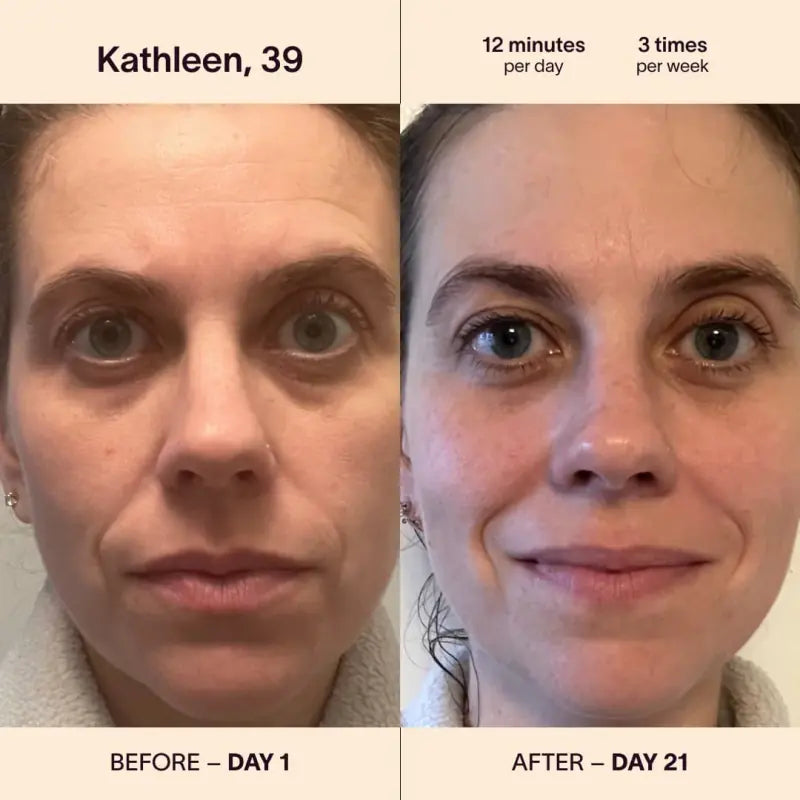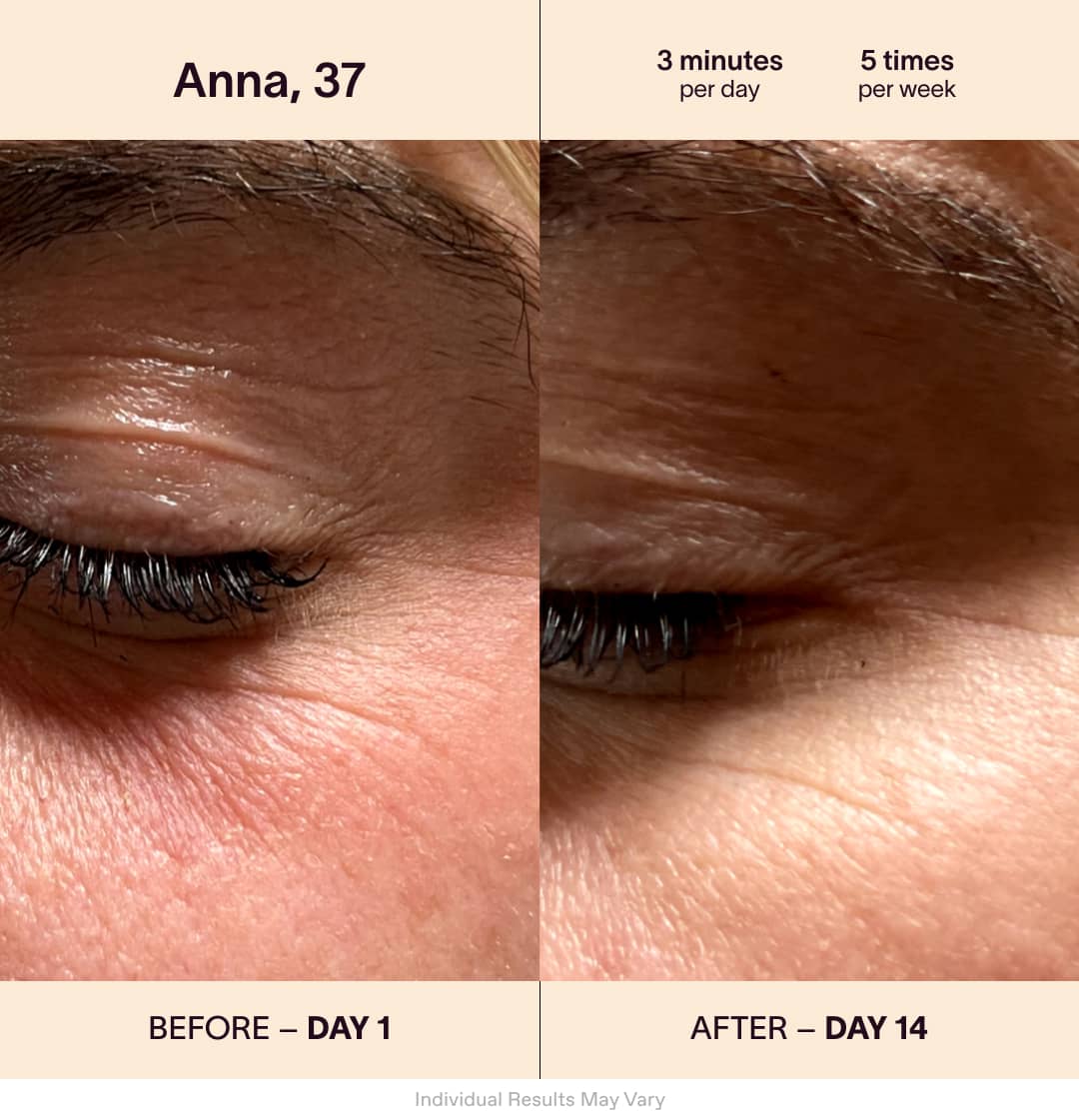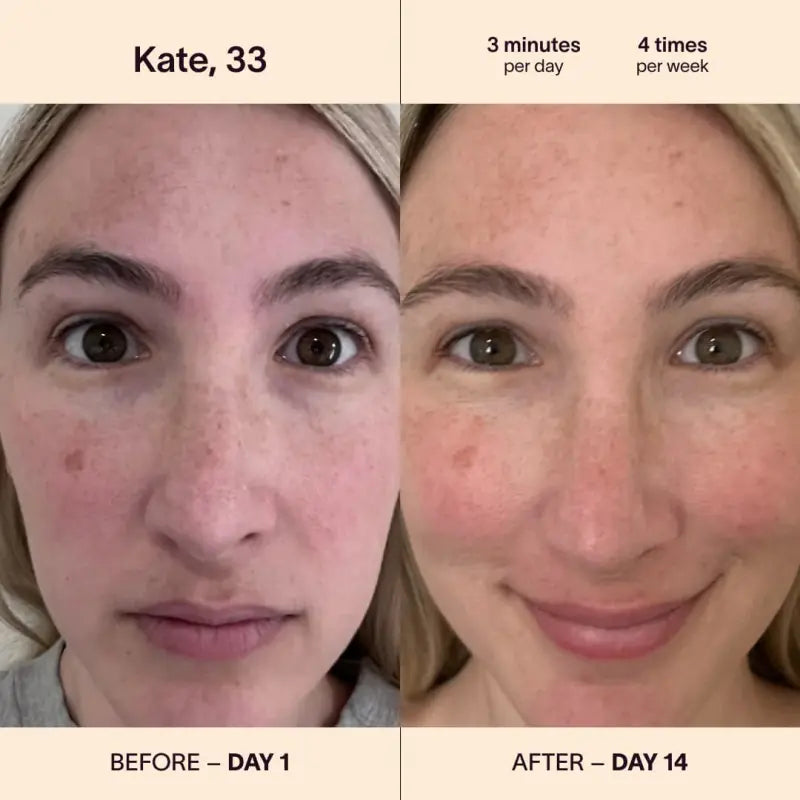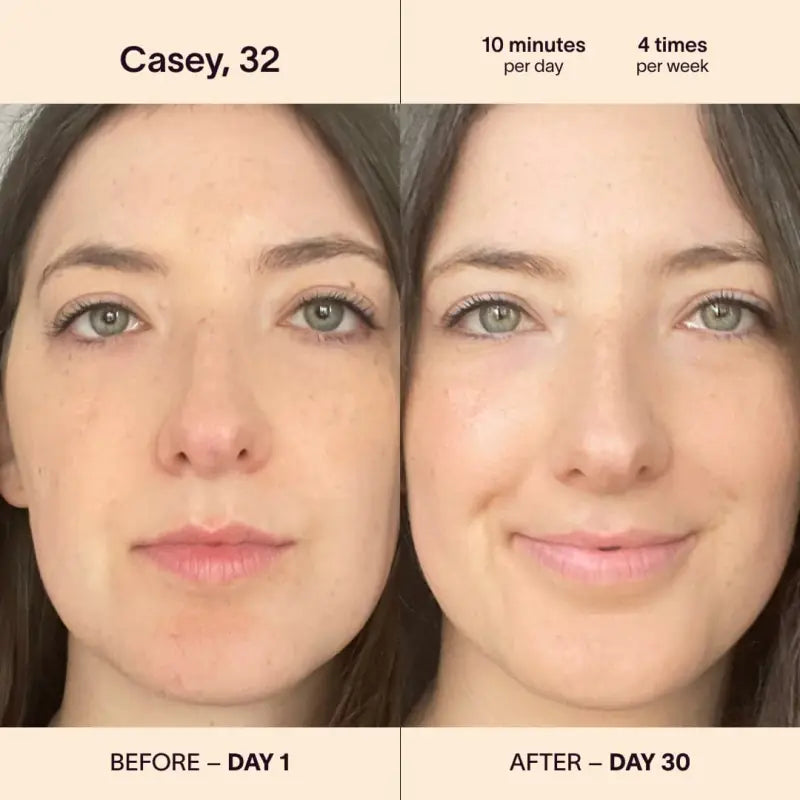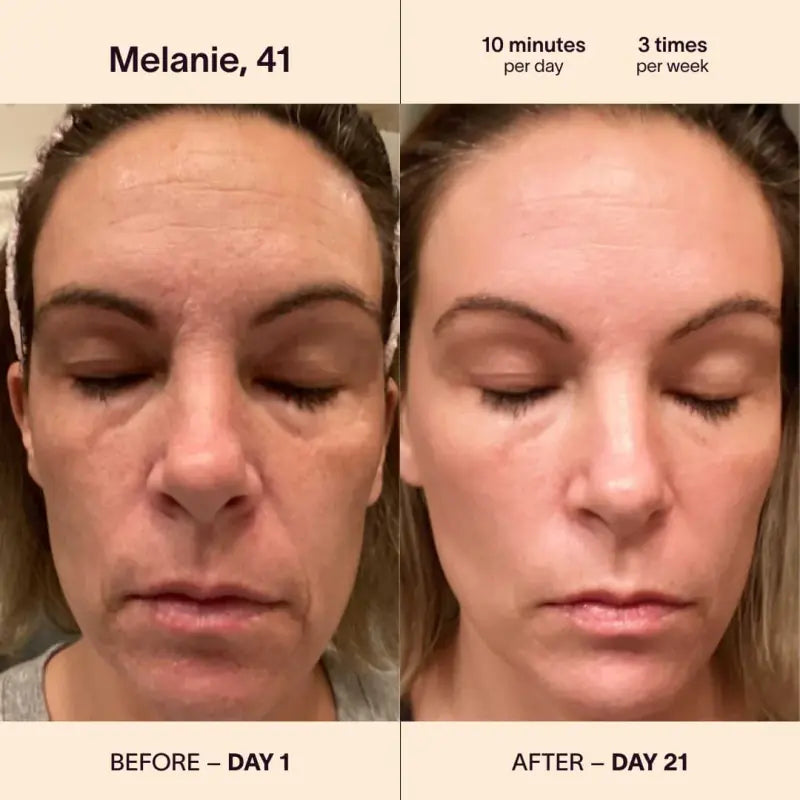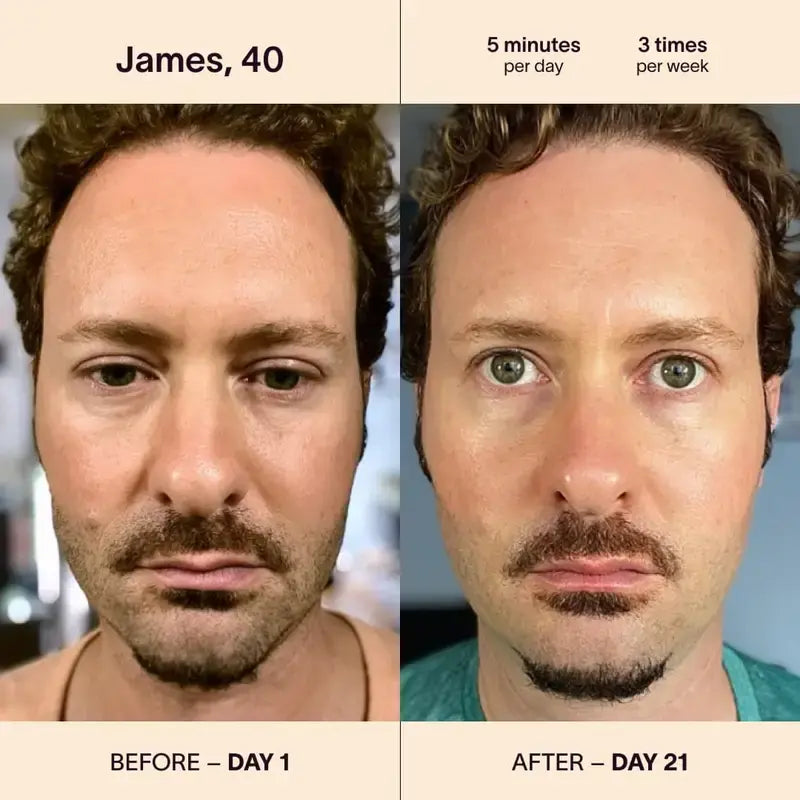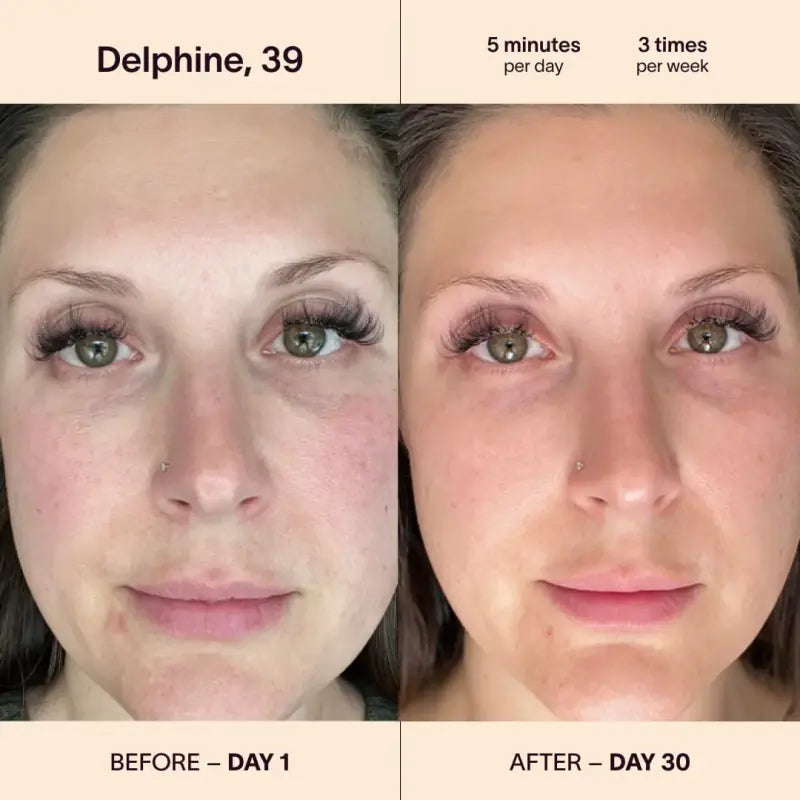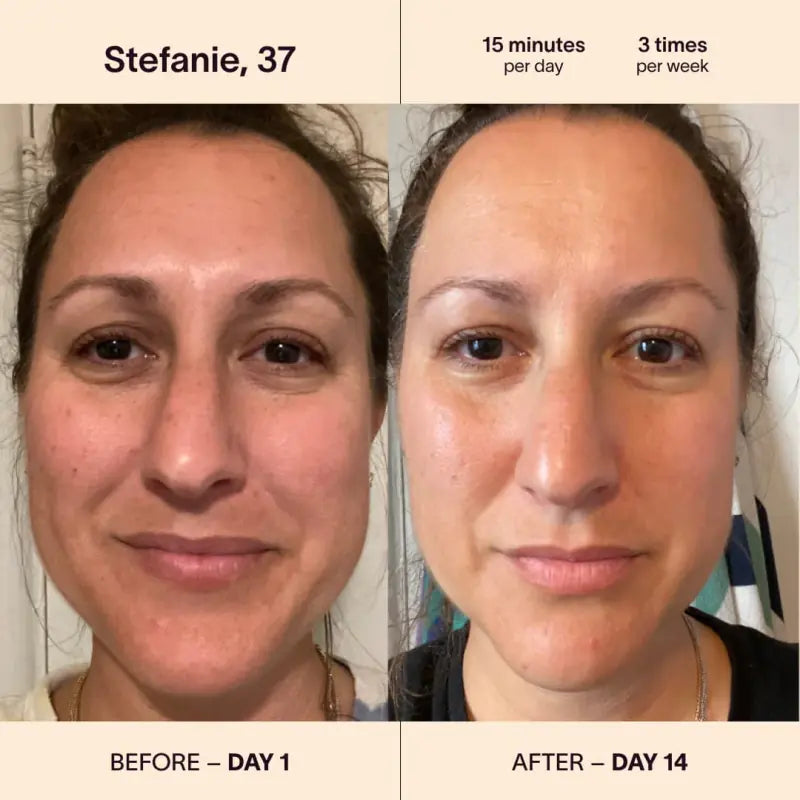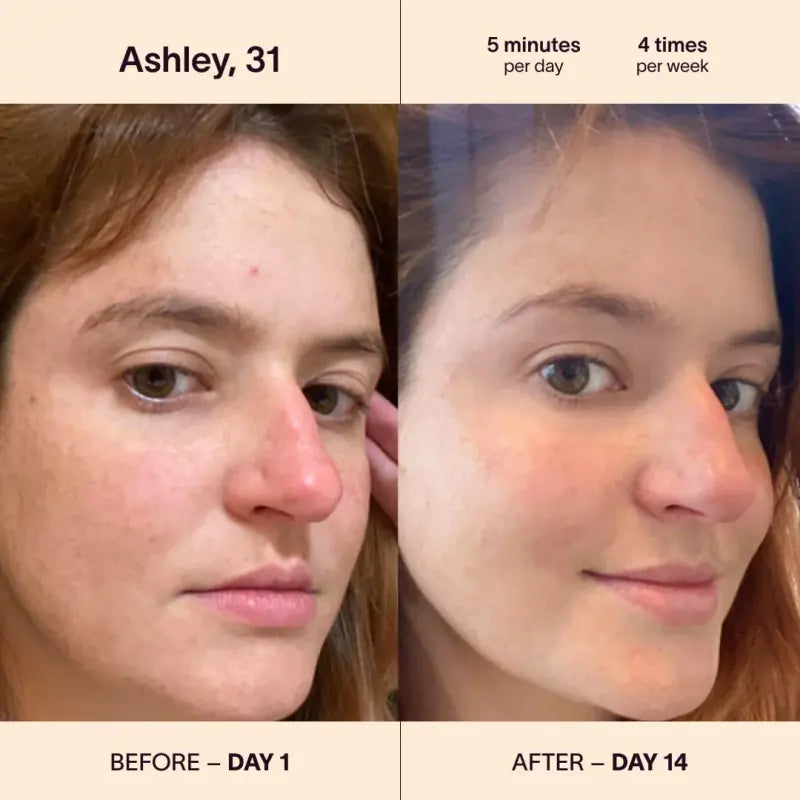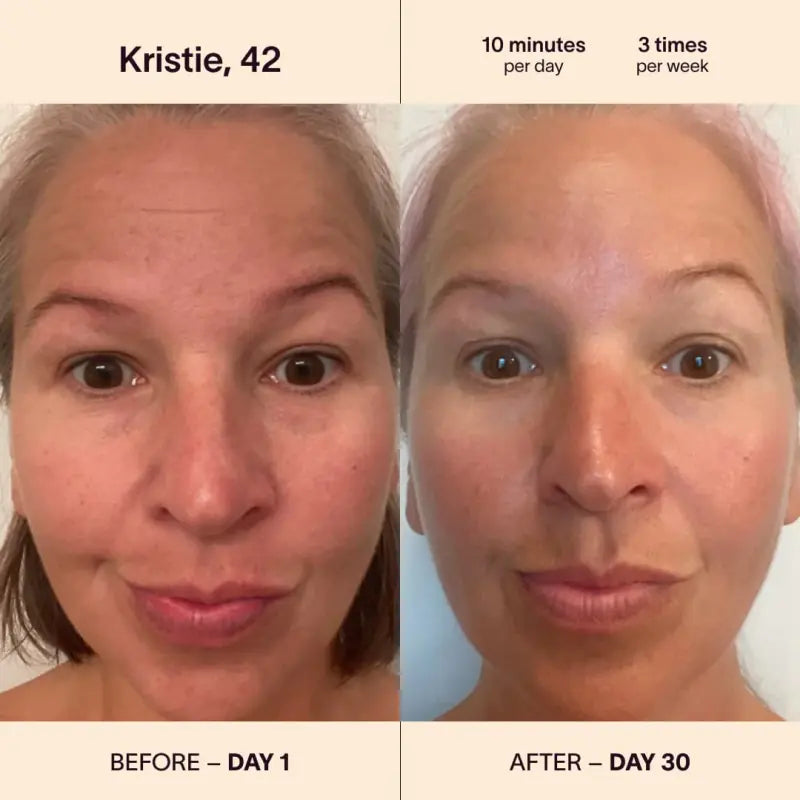Despite an arsenal of treatments available, acne remains a stubborn opponent for many. Its persistence can be disheartening, leading sufferers on a relentless search for a remedy that works. Traditional methods vary in efficacy and often come with a trade-off of side effects, making the quest for a gentle yet powerful solution all the more critical.
In the quest for acne-free skin, many paths are explored, from dietary changes to topical creams. Yet, not all solutions fit every skin type. As we delve deeper, we will uncover how blue light therapy acne solutions stand out, offering a promising avenue for those who seek an alternative method to keep their skin clear and healthy. Join us as we embark on this in-depth exploration of blue light therapy, guided by science, testimonies, and expert advice.
The Science of Blue Light Therapy for Acne
Acne is often the unwelcome result of bacteria and oil clogging up our pores. Specifically, a bacterium known as
Propionibacterium acnes (P. acnes) is the main culprit.
Blue light acne-clearing technology is predicated on the principle that the blue light wavelength can penetrate skin layers and produce oxygen radicals. These radicals help to kill P. acnes bacteria without damaging the skin. The treatment is like a precise strike, targeting just the bacteria that cause acne while leaving the surrounding tissue unharmed.
Apart from attacking the bacteria, blue light therapy also works wonders on the skin itself. It assists in shrinking the sebaceous glands, which are responsible for the production of oil. Less oil means less material for bacteria to thrive upon. This process is integral to achieving blue light acne reduction, as it addresses one of the primary factors contributing to acne. The therapy's ability to decrease oil production can lead to a significant decrease in new breakouts
, promoting a healthier skin environment.
Embarking on the journey to clearer skin via blue light therapy involves consistent treatments. The effectiveness of LED blue light acne treatments is not instantaneous, and patience is key. As the therapy progresses, users typically notice a gradual improvement in their skin’s texture and tone. The blue light not only reduces existing acne but also aids in preventing new blemishes from forming. With continued use, the cumulative effects of the therapy contribute to maintaining a smoother and more radiant complexion, thus laying down the road to lasting clear skin.
Expert Insights on Blue Light Acne Therapy
Leading dermatologists often consider blue light therapy as a supplementary treatment for acne, particularly for patients who have not responded well to traditional methods. The professional consensus is that while it may not be a standalone cure
, it is a beneficial adjunct that can enhance the overall acne treatment regimen. Experts underscore that the light used in this therapy is UV-free
, which is crucial since UV radiation can be harmful to the skin. They commend its ability to treat mild to moderate acne conditions
, especially for patients who are keen on avoiding pharmaceutical treatments. Dermatologists also highlight the importance of a tailored approach
, as blue light therapy might be more effective for some individuals than others
, depending on factors like skin type and acne severity.
When comparing blue light therapy pimples treatment with other modalities
, several advantages come to light. For instance, blue light therapy is often preferred for its non-invasive nature and lack of systemic side effects that are commonly associated with oral medications like antibiotics. Unlike topical treatments that can lead to dryness and irritation, blue light therapy is gentle on the skin. However, it’s important to note that while blue light therapy can be effective, it may not deliver the rapid results that more aggressive treatments can offer. It's all about finding the right balance and combination that works for the individual patient, which may include integrating blue light therapy with other treatments for optimal outcomes.
The safety profile of blue light acne remedy is generally favorable, making it a viable option for long-term use. It does not involve any harsh chemicals, which minimizes the risk of adverse effects. The effectiveness of blue light therapy, as reported in numerous clinical studies, has been promising, with many patients experiencing a significant reduction in acne lesions. The therapy's efficacy is attributed to its anti-inflammatory properties and its ability to disrupt the cycle of acne formation. However, it is not a quick fix; consistent and repeated sessions are typically necessary to achieve substantial results. Additionally, dermatologists recommend using blue light therapy as part of a broader, comprehensive skincare routine for sustained acne management.
A Step-by-Step Guide to Blue Light Therapy for Acne
Navigating the market for the right blue light therapy device can be overwhelming. It's essential to look for devices that emit light at wavelengths between 405 to 420 nanometers, which are optimal for targeting acne-causing bacteria. Additionally, the choice between at-home devices and professional treatments can significantly influence the user experience. At-home units offer convenience and are typically more cost-effective.
Integrating blue light therapy into a daily skincare regimen requires discipline and an understanding of timing. It's not about replacing existing practices but rather enhancing them. For instance, using blue light therapy after cleansing the skin can maximize its effects, as clean skin allows better light penetration. It's generally advised to use the therapy in sessions, following the guidelines provided with the device, which often suggest usage for a set number of minutes per day. It’s also important to ensure that the skin is free of photosensitizing agents to prevent adverse reactions during the treatment.
Keeping a vigilant eye on how the skin responds to blue-light acne solutions is vital. While adverse reactions are rare, any persistent redness, swelling, or discomfort should be addressed with a healthcare professional. Adjustments may be necessary, such as changing the frequency or duration of the therapy sessions. Moreover, as the skin improves, the treatment plan might also need to be tweaked. Some may find that they require less frequent sessions over time, while others might need to maintain a consistent schedule to keep their acne at bay.
Maintaining a Blemish-Free Complexion
To maintain the positive outcomes of blue light therapy for acne, a carefully planned maintenance regimen is crucial. After the initial phase, where a significant reduction in acne is observed, it's essential to continue with periodic treatments. These follow-up sessions are critical for sustaining the skin's improved condition and preventing the reoccurrence of breakouts. Unlike the more intensive initial treatment schedule, maintenance treatments are less frequent but must be carried out with regularity. The exact frequency of these sessions should be tailored to each individual's skin type, the initial severity of their acne, and how their skin reacts to the therapy. Incorporating blue light therapy into a comprehensive skin health strategy involves not only regular maintenance treatments but also adopting a holistic skincare routine. This might include using specific skincare products that complement the effects of blue light therapy, such as those with anti-inflammatory properties or those designed to hydrate and repair the skin barrier.
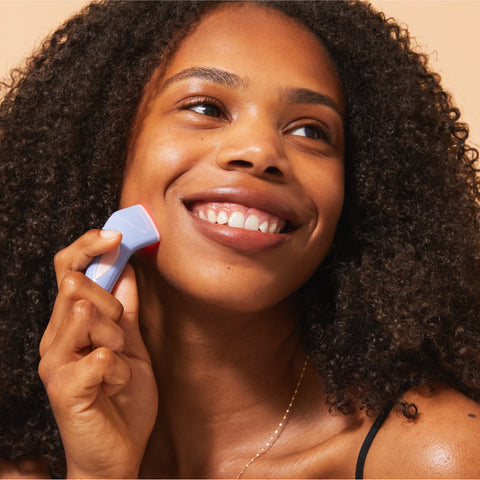
Enhancing the effectiveness of blue light therapy blemish treatment involves integrating complementary practices. This includes using non-comedogenic products that won't clog pores, regular exfoliation to remove dead skin cells, and maintaining hydration levels in the skin. The diet also plays a crucial role; consuming foods rich in antioxidants and avoiding high glycemic index foods can support skin health. Additionally, stress management techniques like meditation and sufficient sleep are essential, as stress can exacerbate acne. These practices, coupled with blue light therapy, create a holistic approach to managing acne-prone skin.
Regular consultations with skincare professionals are invaluable for maintaining a blemish-free complexion. These sessions provide an opportunity to assess the ongoing effectiveness of blue light acne solutions and make adjustments where necessary. Skincare professionals can offer advice on the latest products and treatments that complement blue light therapy. They can also help identify any underlying issues that may be contributing to skin problems. Regular professional input ensures that the skincare regimen remains aligned with the individual’s evolving skin needs and continues to be effective in keeping the skin clear and healthy.
Additional Tips for Acne-Prone Skin
A holistic approach to managing acne-prone skin often includes diet and lifestyle adjustments that can enhance the efficacy of treatments like blue light therapy. It's beneficial to adopt a diet rich in omega-3 fatty acids, which are known to reduce inflammation, and to increase the intake of fruits and vegetables that are high in vitamins A, C, and E. These nutrients are vital for maintaining healthy skin. Additionally, limiting dairy and sugar, which can trigger hormonal fluctuations that may lead to acne, can also be helpful. On the lifestyle front, incorporating regular exercise can improve circulation, which helps to nourish skin cells and keep them vital. It’s equally important to ensure adequate hydration by drinking plenty of water throughout the day.
Effective acne management is deeply rooted in recognizing and sidestepping individual triggers. Since these triggers can significantly vary from one person to another, it is essential to closely monitor one's skin response to different stimuli. Common triggers include:
-
Certain Medications: Many pharmaceuticals, especially hormonal pills and certain steroids, can exacerbate or trigger acne outbreaks. These medications may alter the body's hormonal balance, leading to increased oil production in the skin, which clogs pores and facilitates the growth of acne-causing bacteria.
-
Hormonal Fluctuations: Hormones play a pivotal role in acne development, particularly during puberty, pregnancy, and menstrual cycles. These fluctuations can increase sebum production, leading to clogged pores and breakouts. Understanding one's cycle and how it affects their skin can be a game-changer. For some, medical interventions like birth control pills or other hormonal therapies may help balance these fluctuations and mitigate acne.
-
Stress Levels: Stress is a well-documented trigger for acne. It stimulates the adrenal glands to produce more cortisol, which in turn can increase oil production. This excess oil can clog pores and lead to breakouts. Implementing stress reduction techniques such as meditation, yoga, regular exercise, or engaging in hobbies can significantly reduce stress levels and, consequently, the severity and frequency of acne flare-ups.
-
Climate Factors: Environmental conditions such as high humidity and extreme cold can aggravate acne. High humidity can increase sweat and oil production on the skin, trapping dirt and bacteria in the pores. Extreme cold, conversely, can dry out the skin, causing it to produce more oil as compensation, which can also lead to clogged pores and breakouts. Adapting skincare routines to suit climatic conditions—moisturizing adequately in cold weather and using oil-free products in humid conditions—can help manage these environmental triggers.
By closely observing patterns in acne flare-ups and identifying potential causes, individuals can take proactive steps to mitigate these triggers. This includes:
-
Selecting Non-Irritating, Fragrance-Free Skincare Products: To prevent pore clogging and skin irritation, it's crucial to choose skincare products that are gentle and free of irritants such as fragrances and alcohol. Non-comedogenic products are specifically formulated to not clog pores, making them ideal for acne-prone skin.
-
Adopting Relaxation Techniques: Since stress is a significant trigger for many, incorporating relaxation and stress management techniques into one's daily routine can have a profound impact on acne. Activities like mindfulness meditation, deep breathing exercises, and spending time in nature can help lower stress levels, thus potentially reducing the occurrence of acne.
Identifying and avoiding personal acne triggers is a dynamic and individualized process. It requires patience, observation, and sometimes professional guidance. By paying close attention to how different factors affect their skin, individuals can develop a personalized skincare routine that minimizes acne flare-ups and promotes healthier skin.
Despite these efforts, certain cases of acne prove stubborn and unresponsive, escalating the situation from a minor nuisance to a potential source of significant distress and skin damage. In these instances, the expertise of a dermatologist becomes not just beneficial but essential. Their specialized knowledge and tools can transform an ineffective regimen into a successful treatment strategy. Here are detailed reasons why consulting with a dermatologist is crucial for effective acne management:
-
Tailored Treatment Plans: The advantage of consulting a dermatologist lies in their ability to design a treatment plan that is uniquely suited to an individual's specific skin condition and acne severity. This personalized plan can include prescription-strength medications such as retinoids for cell turnover, antibiotics to combat infection, or even hormonal therapy to address imbalances that over-the-counter products simply cannot tackle. Moreover, a dermatologist can monitor the progress of these treatments, making adjustments as necessary to ensure the most effective care, thereby enhancing the likelihood of a clearer complexion.
-
Professional Interventions: For cases where traditional treatments fail, dermatologists can provide access to professional-grade interventions. These may include chemical peels, which exfoliate the skin more deeply to unclog pores and rejuvenate skin appearance; laser therapy, which targets and reduces acne-causing bacteria and inflammation; and even extraction procedures to immediately address severe, cystic acne lesions. Such interventions go beyond the capabilities of home care, offering solutions that can drastically improve skin health and appearance.
-
Holistic Approach: Perhaps the most significant benefit of dermatological care is the holistic perspective a dermatologist brings to acne treatment. This comprehensive approach ensures that all possible contributing factors are considered, paving the way for a strategy that addresses acne from multiple angles. Tailoring advice to the patient's specific life circumstances, dermatologists can recommend adjustments that significantly impact skin health, reinforcing the efficacy of medical treatments.
While the initial steps in acne management can often be addressed with over-the-counter products and self-care practices, the persistent, severe, or simply unresponsive nature of some acne conditions necessitates a more sophisticated and tailored approach. Dermatologists offer this level of care, blending science, personalized treatment plans, and holistic guidance to confront acne effectively. The goal is not just to treat acne but to restore confidence and improve the quality of life for those affected, making the consultation with a dermatologist a valuable step in the journey to clear skin.
As we wrap up our exploration of blue light therapy, it's clear that this innovative treatment holds significant potential for those battling persistent acne breakouts. We've uncovered how this therapy works at a microbial level to target and disrupt the life cycle of acne-causing bacteria. We've also seen how it can reduce inflammation and promote healthier skin over time. The success stories shared by real-life users offer a glimpse into the transformative power of blue light therapy when used with patience and in conjunction with a comprehensive skincare routine.
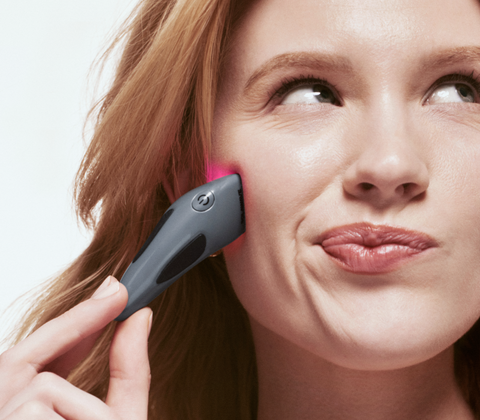
Now that you're equipped with knowledge about blue light blemish treatment, the next step is to take action. If you're struggling with acne, consider scheduling a consultation with a dermatologist to discuss whether blue light therapy is a suitable option for you. They can help you understand the nuances of this treatment and how it can fit into your overall skincare plan. For those ready to embark on this journey, remember that blue light therapy could be a cornerstone to achieving the clear, healthy skin you've been striving for. With the right approach and professional guidance, you can set the stage for a brighter, more confident complexion.






